SUMMARY
This is AI generated summarization, which may have errors. For context, always refer to the full article.
It was generally a good six years for investors during the term of the late former president Benigno “Noynoy” Aquino III.
Investors, position traders, and the so-called tsupiteros or day traders were among the biggest winners in those years. The Philippine Stock Exchange index (PSEi) started off at around the 3,000 level during the start of Aquino’s term in 2010, then skyrocketed to the 8,000 level in 2015.
On July 1, 2010, the first trading day after Aquino’s inauguration, the PSEi closed at 3,315. Barely three months into Aquino’s term, the PSEi broke past the 4,000 level.

The PSEi then went on to break several more milestones:
- 5,016 – March 2, 2012
- 6,044 – January 7, 2013
- 7,120 – April 22, 2013
- 8,053 – April 6, 2015
PSE data also showed that the index rose to an all-time intraday high 131 times and climbed to an all-time high at the close 119 times, with a maximum of seven consecutive days of breaching all-time highs.
“I fondly recall the time when I used to personally send stock market updates to President Aquino each time the market breached new milestones. We have to give credit to PNoy and his good governance drive which promoted political stability and transparency that translated well in [the] market’s strong performance,” said PSE chairman Jose Pardo on Friday, June 25.
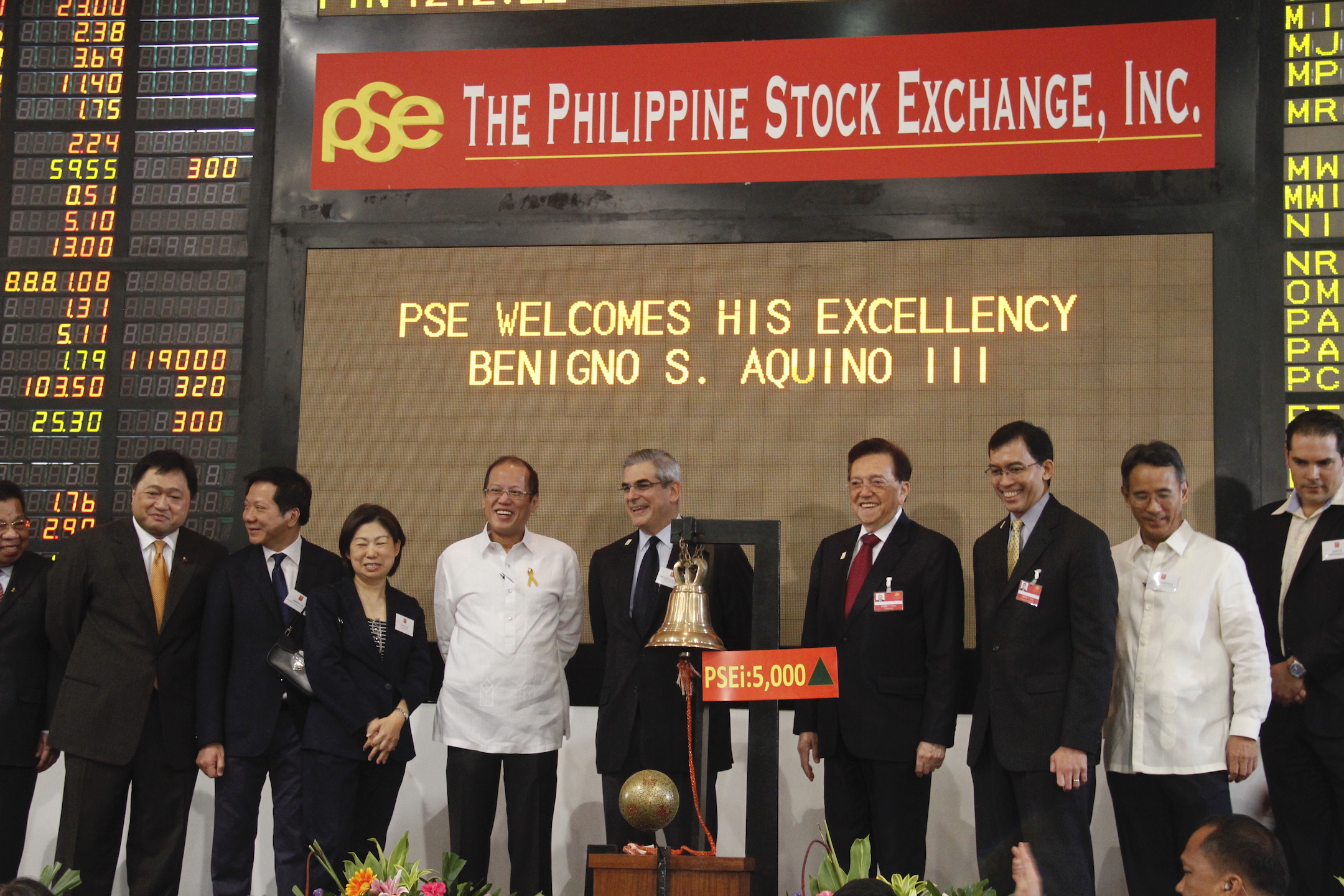
It was also during Aquino’s time that the PSE reached the highest net foreign buying at P109.98 billion in 2012.
The highest total value turnover and average daily value turnover were logged in 2013 at P2.55 trillion and P10.52 billion, respectively.
The stock market gains came as the Philippines acquired investment grade status during the Aquino administration, effectively pushing down interest rates to 4%.
The lower cost of borrowing encouraged more personal, business, housing, and car loans in a consumption-driven economy.
The improved credit ratings attracted confidence in the Philippine market and growth in investments, particularly in business process outsourcing.
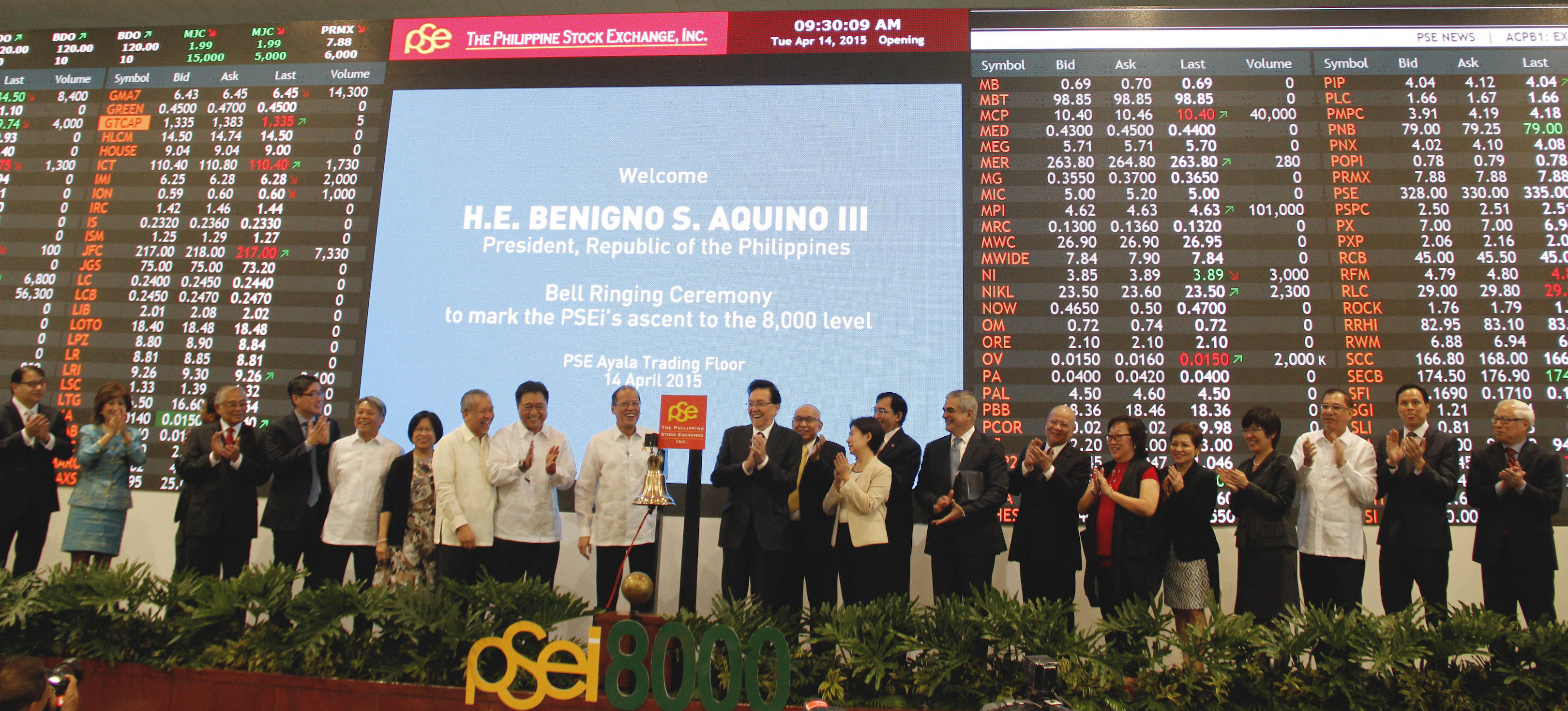
The Philippines’ gross domestic product (GDP) grew an average of 6.2% during the Aquino presidency, even reaching 7.6% in 2010 and 7.2% in 2013.
The issue, however, is that growth was still grossly uneven, explaining why the poor still did not “feel” the numbers.
Unemployment gradually decreased during Aquino’s term, as foreign firms expanded operations. From 7.4% in 2010, unemployment went down to 5.4% in Aquino’s last year in office in 2016. (READ: World Bank: PH can end poverty in a generation)
But it was during the early years of President Rodrigo Duterte’s administration that unemployment dropped to an all-time low of 5.1% in 2019.
Due to the COVID-19 pandemic, unemployment soared to an average of 10.1% in 2020.
Aquino also continued his predecessor Gloria Macapagal-Arroyo’s conditional cash transfer program, which lifted around 7.7 million Filipinos out of poverty.
Aquino worked with the private sector for several key infrastructure projects as well.
Some of these public-private partnership projects include:
- Muntinlupa-Cavite Expressway (P2.2 billion)
- School infrastructure projects (P14 billion)
- Automated fare collection system for Metro Rail Transit Line 3 and Light Rail Transit Lines 1 and 2 (P1.7 billion)
- Metro Manila Skyway Stage 3 (P26.5 billion)
Duterte, who promised the “golden age of infrastructure,” adopted several of Aquino’s projects.
Public Works Secretary Mark Villar has claimed that the Skyway project is part of Duterte’s Build, Build, Build program, when in fact, it was initiated way back in 2014 or during the Aquino administration. This project was built using private sector funds.
The government’s revenues also improved during Aquino’s term, with around P60 billion raised due to sin tax reform.
According to think tank Action for Economic Reforms, the sin tax reform law in 2012 “created the momentum for sustained tax rate increases throughout the years.”
“Aside from reducing smoking prevalence, this law created fiscal space, boosting revenues and leading to rapid economic growth until the pandemic hit,” added the group.
Before Aquino’s time, improvements in macroeconomic fundamentals had already begun during the Arroyo administration, particularly the value-added tax reform and expenditure compressions. – Rappler.com
Add a comment
How does this make you feel?
![[ANALYSIS] 10 Build, Build, Build projects that started before Duterte](https://www.rappler.com/tachyon/2021/06/tl-bbb-credit-grabbing-june-23-2021.jpeg?fit=449%2C449)
![[EDITORIAL] Apat na taon na lang Ginoong Marcos, ‘di na puwede ang papetiks-petiks](https://www.rappler.com/tachyon/2024/07/animated-bongbong-marcos-2024-sona-day-carousel.jpg?resize=257%2C257&crop=280px%2C0px%2C720px%2C720px)
![[In This Economy] Delulunomics: Kailan magiging upper-middle income country ang Pilipinas?](https://www.rappler.com/tachyon/2024/07/in-this-economy-upper-middle-income-country.jpg?resize=257%2C257&crop=421px%2C0px%2C1080px%2C1080px)

![[EDITORIAL] Marcos Year 2: Hilong-talilong](https://www.rappler.com/tachyon/2024/07/animated-bongbong-marcos-2nd-sona-carousel.jpg?resize=257%2C257&crop=136px%2C0px%2C720px%2C720px)
![[Newspoint] A fighting presence](https://www.rappler.com/tachyon/2024/07/thought-leaders-a-fighting-presence.jpg?resize=257%2C257&crop=441px%2C0px%2C1080px%2C1080px)


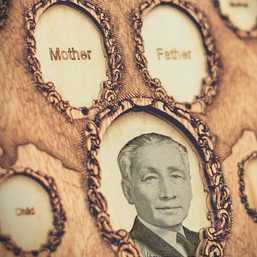
![[EDITORIAL] Marcos, bakit mo kasama ang buong barangay sa Davos?](https://www.rappler.com/tachyon/2023/01/animated-marcos-davos-world-economic-forum-carousel.jpg?resize=257%2C257&crop_strategy=attention)
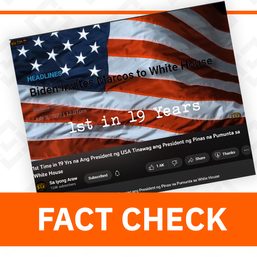
![[ANALYSIS] Time to take the contrarian side](https://www.rappler.com/tachyon/2024/07/thought-leaders-time-to-take-the-contrarian-side-072520224.jpg?resize=257%2C257&crop=452px%2C0px%2C1080px%2C1080px)
![[ANALYSIS] Every inch of the market’s climb is a battle now but may soon prove better](https://www.rappler.com/tachyon/2024/07/thought-leaders-market-climb-battle.jpg?resize=257%2C257&crop=324px%2C0px%2C720px%2C720px)
![[ANALYSIS] The West Philippine Sea dispute and the stock market’s performance](https://www.rappler.com/tachyon/2024/06/thought-leaders-west-ph-sea-dispute-and-market-performance.jpg?resize=257%2C257&crop=134px%2C0px%2C720px%2C720px)

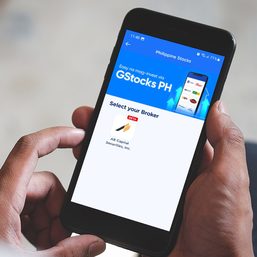
There are no comments yet. Add your comment to start the conversation.